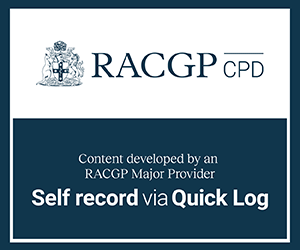Navigating conversations about relief of multiple pains, multiple people
Published: 28 January 2025
Sponsored by:


Overview
- Access to paracetamol has been further restricted due to the potential serious effects of overdosing.1
- Choosing an inappropriate pain reliever can lead to inadequate pain relief, which may increase the risk of unintentional overdosing.2
- Since acute pain is often inflammatory, patients may benefit from using a non-steroidal anti-inflammatory drug (NSAID) for pain relief, with ibuprofen offering effective acute pain relief with the same low risk of gastrointestinal side effects as paracetamol (in patients without contraindications or precautions).3-7
The self-select analgesic category has changed considerably over the last few years
There has been a long history of changes to the scheduling of pain medications in Australia.9 In 2010, codeine-containing analgesics were upscheduled from S2 to S3, and their pack sizes were restricted due to increasing reports of misuse.9 However, this did not reduce codeine-related harms. Consequently, in 2016, it was announced that codeine would be upscheduled again in 2018 to S4.9 Following that, a review by the Therapeutic Goods Administration (TGA) resulted in modified-release (MR) paracetamol being upscheduled from S2 to S3, due to MR paracetamol being associated with increased harms following overdose.3,10 Now, in 2025, immediate-release (IR) paracetamol has also faced restrictions, reducing unscheduled and S2 pack sizes, limiting access to larger pack sizes with pharmacist consultation (S3).1







